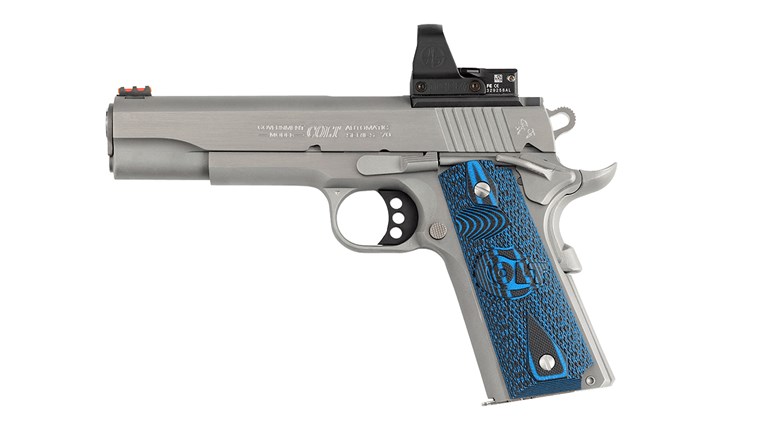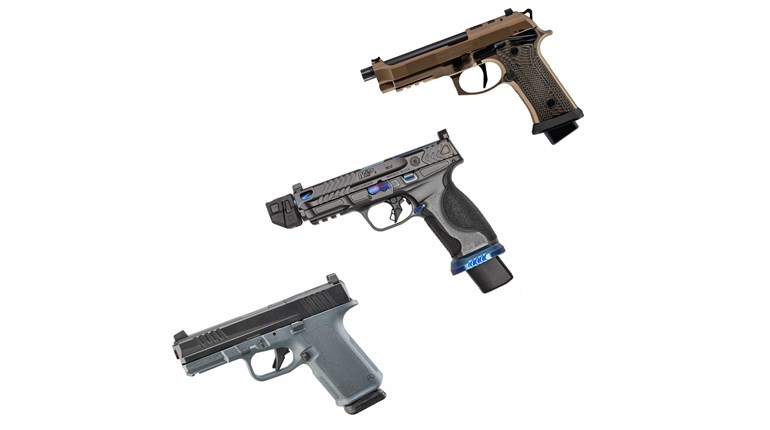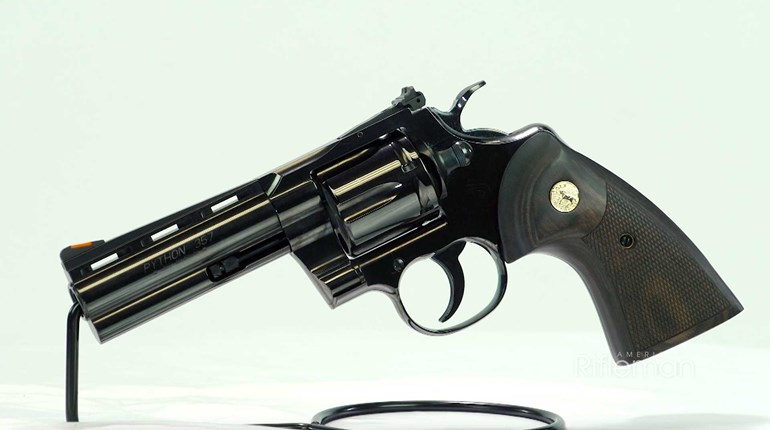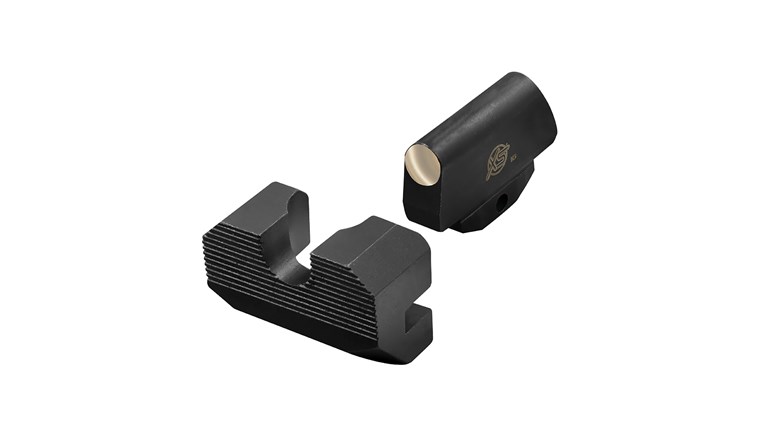
The veteran served with distinction. However, it was not of the flesh-and-blood variety, but rather a black-walnut and carbon-steel one. It was a firearm, and there was little fault to be found with the gun’s performance in hard service. There were several hundred thousand of them produced, and they are well known to collectors. The general-interest firearm enthusiast may have heard of them, but probably never handled or fired one. Colt’s New Service, it was a big part of that company’s storied history. The plant under the blue dome in Hartford, CT, produced them for nearly half a century.
As the 19th century rolled into the 20th, the American arms industry faced a wide range of problems. The business had become far more competitive than it was in the early decades of the 1800s. A manufacturer could no longer get by with making something that just launched a projectile; it had to make it in three finishes, five barrel lengths and a dozen chamberings. As competition increased, the gunmakers began to build handguns for specific reasons, which led to guns with names like “Banker’s Special.” In this sense, the big revolver was well named. It was a service gun in that it was made for defensive service by police or military personnel, and it certainly was new. That was way back in 1898.
Revolvers had been initially offered more than 60 years earlier. Improvements in both the guns and their ammunition came rapidly. It was a widely used platform, with the Colt Single Action Army having been used since 1873. Colt offered the New Service with two major improvements, also used in other sizes of service revolvers. The first was in the trigger action, where trigger pressure (first) brought the hammer almost to full cock and (second) released it to fire the gun. It’s called double action, and was seen to be a huge step forward. The second step forward was in the extraction system. On the earlier Colt Single Action Army, the shooter used a spring-loaded rod, mounted on the right underside of the barrel, to punch out the empties. Yet, on this new gun, the heavy cylinder swings out to the left on a yolk, which permitted the shooter to press the axle inward to lift all six cartridges clear of the gun at one time. As it happens, Colt currently produces a wide assortment of revolvers that function exactly the same way—126 years later.
In this sense, the big revolver was well named. It was a service gun in that it was made for defensive service by police or military personnel, and it certainly was new.
As Colts go, the New Service is more Percheron filly than a mere nag. It is a big, heavy revolver with a large frame, cylinder and barrel. The gun easily handled the largest cartridges of the time. Made from 1898 until 1941, there were a number of changes and improvements, with some changes used on just a few guns, with others up in the thousands. Visible changes included a narrower trigger guard, rounded topstrap, two types of cylinder latches, straight-tapered-barrel contour and round butt. Some of these features were the difference between one model or another. Collectors are particular dudes who need reference materials to keep everything in order. The best summary article on the New Service that I know is Chapter 22 of “Handguns ’89.” This article was written by my friend, the late Chuck Karwan. In my opinion, Karwan may have been one of the more knowledgeable gun guys who ever wrote about them. He was a field editor for both this magazine and American Rifleman. The other good reference is Timothy Mullin’s larger volume on the subject.
Colt made the New Service for just slightly less than 50 years. At first, there were several small lots of them for the Army, Navy and Marine Corps. The gun was initially chambered for the .45 Colt cartridge, since all the services were pretty satisfied with that big slugger. Several police agencies chose the New Service in .45 Colt—among them the New York State Troopers. The Royal Canadian Mounted Patrol (Mounties) carried them in a big flap holster. The New Service was also popular in the Southwest. Almost as soon as the gun was first offered, the demand for other chamberings began. While in standard production, New Service Colts were produced in 11 different calibers. Two more models were available as a special order: .44 Smoothbore and .45 Smoothbore. Both were used with special shot cartridges (before the National Firearms Act of 1934).
The biggest event in New Service history came along in 1917. Officially, the American armed forces used the 1911 Colt semi-automatic. Contrary to the practice of the time, GEN John J. Pershing, the Commanding Officer of all the American Expeditionary Forces (AEF) wanted a .45 for every soldier in his army. However, our arms industry could not make enough 1911s to fill that need. Fortunately, both big revolver makers, Smith & Wesson, and Colt had up-and-running production lines that converted quickly to make a large-frame revolver in the same chambering as the 1911. Between the two firms, some 300,000 revolvers—known as 1917 models—were delivered. Most of them saw actual service in the trenches of Europe. Some of those became treasured heirlooms of the “War to End All Wars.”
I admired the late-production models and I have managed to hang onto several of them. That includes one chambered in .357 Mag. with the rare 5-inch barrel. One I never seen is the rare Colt Shooting Master. This is a high finish, almost hand-fitted version of the New Service in target clothes, which included select accessories like a hand-fitted trigger, adjustable sights and an eye-catching, polished finish.
More than one American Soldier went to sleep in the cold trenches of France with a New Service 1917 Colt for a pillow. American history, Colt history—and absolute fightin’ iron.



































